Eye Church is dedicated to St Matthew, one of Jesus’s 12 Apostles and was designed by George Basey who was born in London in 1794. It took 11 months to build with the first foundation stone laid on 11th May 1846 in the reign of Queen Victoria.
The church opened for worship on Thursday 8th April 1847. The funds for the building were mainly raised from the Duke of Bedford and the parishioners of Eye with help from the Church building society.
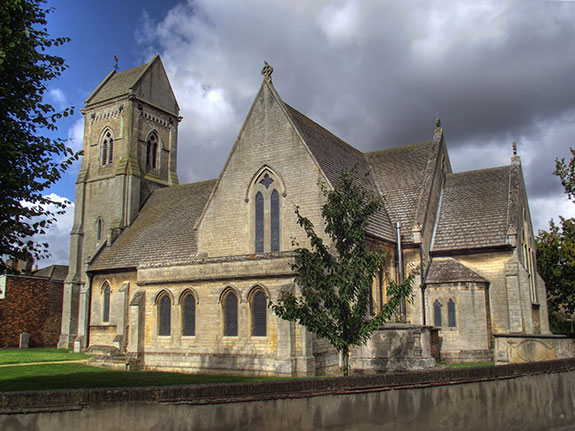
The church was designed during the times of the medieval Gothic revival which began in the mid 18th century. Buildings such as the Houses of Parliament and the infamous Fonthill Abbey in Wiltshire were built in the same style. At the time it was believed that it was the only appropriate style for a parish church.
Originally the church had a spire although surprisingly it wasn’t built the same time as the church, but added 10 years later. The spire was 125 feet, about 38 metres high, and contained a clock and two bells. Although the spire was such a great structure it was known to suffer damage on a few occasions. In 1895 a storm damaged the spire and roof, severe defects were discovered in the tower in 1954 and in 1966 the weathercock was seen to be leaning as the dangerous angle and led to repairs to the top portion of the tower. In the end, the spire was removed in the early 1980s due to safety concerns caused by large cracks that had appeared half way up. The tower today is still around 80 feet high.
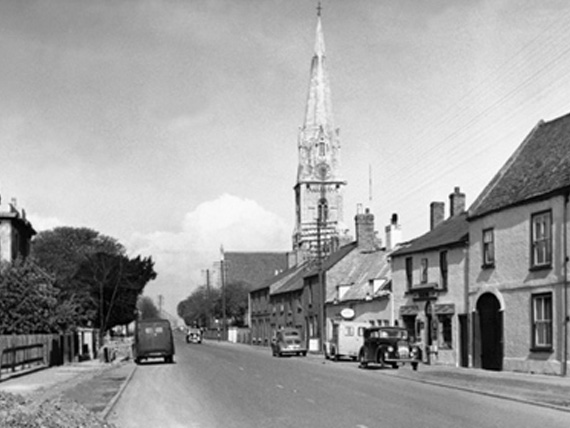
The building of the new church would have been a great event in the village and the local community would have wanted to get involved. The stained east window was presented by local Miss Moore, and two other windows by Mr Daniel Griffin who had a China, glass and earthenware shop in Church Street, Peterborough; in the south transept is a memorial window to Major John Beecroft J.P. erected in 1889, and there are others to the Hanger and Harboard families.
In 1869 a new organ was installed, the 1896 Musical Times reported “The new organ, built by J. W. Walker, for the Parish Church, was opened on Sunday, the 11th of February. Mr Arthur Thaeker, organist of Thorney Abbey, presided and at the afternoon service, played a selection of effective voluntaries. The solo stops are very sweet, especially the Harmonic Flute. and Viol di Gamba. The open diapason in the great organ is also exceedingly good; and altogether it is a most satisfactory instrument.”
Before the spire was removed there were two bells in the church spire. The smaller of the two bells had hung in the previous church for 135 years.
The smaller bell was 24 inches, weighed 152kg, and was made by Henry Penn of Peterborough in 1712. Henry was 27 at the time and seems to have been very busy supplying bells to churches in the local area. Between 1709 and 1714 he was also casting a ‘ring’ of ten bells for Peterborough Cathedral.
 The larger 36-inch bell was cast by John Warner and Son, London, in 1866 and weighed around 410Kg. From 1857 to 1858 they had also cast the bell, also so known as Big Ben, for Elizabeth Tower and the Palace of Westminster. By comparison, the ‘hour bell’ in Elizabeth Tower is 108″ diameter and weighs 13,760Kg or 13 tons.
The larger 36-inch bell was cast by John Warner and Son, London, in 1866 and weighed around 410Kg. From 1857 to 1858 they had also cast the bell, also so known as Big Ben, for Elizabeth Tower and the Palace of Westminster. By comparison, the ‘hour bell’ in Elizabeth Tower is 108″ diameter and weighs 13,760Kg or 13 tons.
From ‘The church bells of Northamptonshire: their inscriptions, traditions, and peculiar uses, with chapters on bells and the Northants bell founders (1878)’: “The Gleaning-bell is rung at 7 am and 5 pm during harvest. At the Death-knell thrice three tolls are given for a male, thrice five for a female. At the Funeral of Adults the two bells are rung, at that of children they are chimed. On Sunday a bell is rung at 8 am, also at 10 am when the Holy Communion is to be administered. For Divine Service, the bells are chimed.”
In 1900 the church was restored and the interior renovated. The spire which had been damaged by lightning was repaired and the total cost amounted to about £350, about £30,000 in today’s money.
Today the church grounds are well maintained although most of the gravestones have been moved to the wall on the west side of the church. A few tombs still remain in the grounds and probably date to times before the current church was constructed.
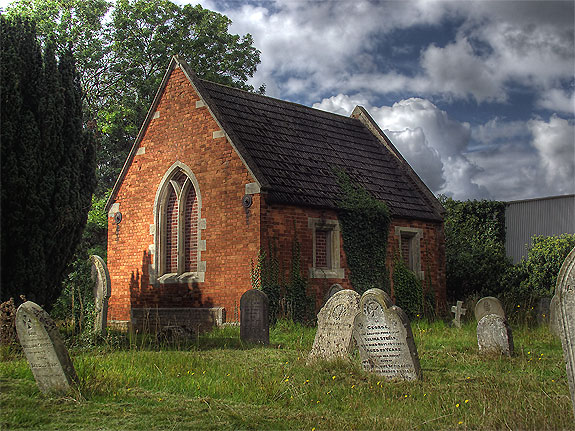
Flower festival
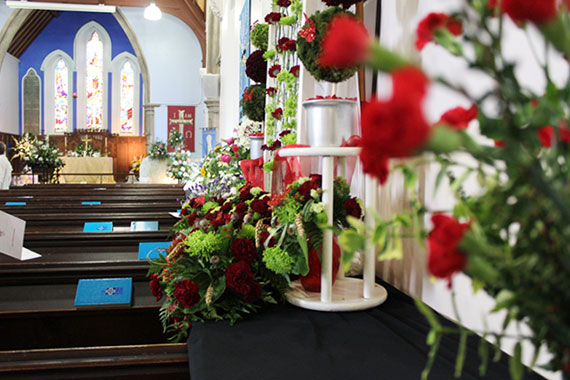
Early history
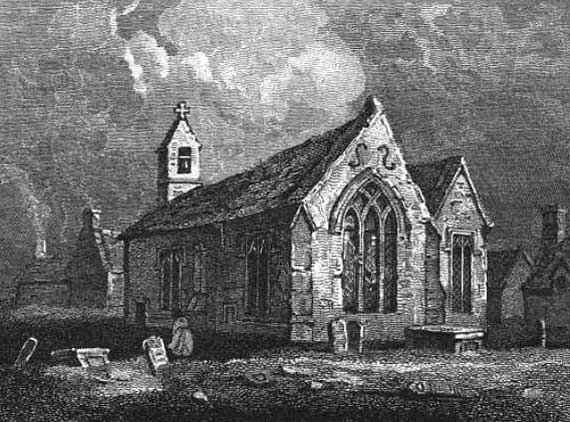
The original church (which was always referred to as the “Chapel of Eye”) was destroyed by fire in 1846. It was probably built around the late 13th or early 14th century during the reign of Edward the first or second. It was consecrated in the Tudor period during the reign of Henry VIII in 1543, nine years after he had declared himself head of the Church of England. This was also the year that Nicolaus Copernicus published the De revolutionibus orbium coelestium that said all planets revolve around the sun, not around the earth. The total population of Britain at the time was only around four million.
 From the Antiquarian Itinerary, Vol 4, 1816; “The church is built in 1543, out of the ruins of Northolm, or Northam Chapel. It is supplied by a curate at the appointment of the bishop; but, in the time of abbot William Waterville, there was the Chapel de Eea, which Reginald, a Capillan, vicar to the sacrist of Burgh, engaged to serve with the chapel of Thorp, paying all duties to the bishop, archdeacon, and dean, for which he was to have the diet of a knight in the abbot’s hall, and the third part of all the profits which belonged to the altar, with other emoluments.”
From the Antiquarian Itinerary, Vol 4, 1816; “The church is built in 1543, out of the ruins of Northolm, or Northam Chapel. It is supplied by a curate at the appointment of the bishop; but, in the time of abbot William Waterville, there was the Chapel de Eea, which Reginald, a Capillan, vicar to the sacrist of Burgh, engaged to serve with the chapel of Thorp, paying all duties to the bishop, archdeacon, and dean, for which he was to have the diet of a knight in the abbot’s hall, and the third part of all the profits which belonged to the altar, with other emoluments.”
The church seated 335 people. The font (for the baptism of children and adults) and piscina (for washing the communion vessels) in the current church came from this chapel.
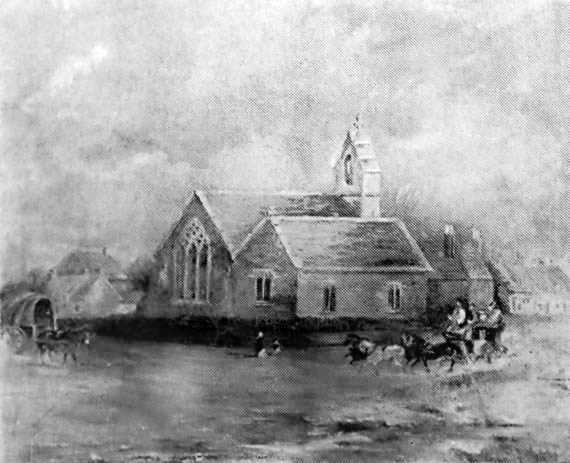
Even earlier in the time of the Abbot William of Waterville (1155-1173) there was the Chapel de Eea (Eea being an earlier name of the village).
Northam Chapel was most likely an Anglo-Saxon Chapel similar to the Church of St Laurence at Bradford Upon Avon.
Address: St Matthew’s Church, High Street, Eye, Cambridgeshire, PE6 7UP.
Services: See a church near you website.
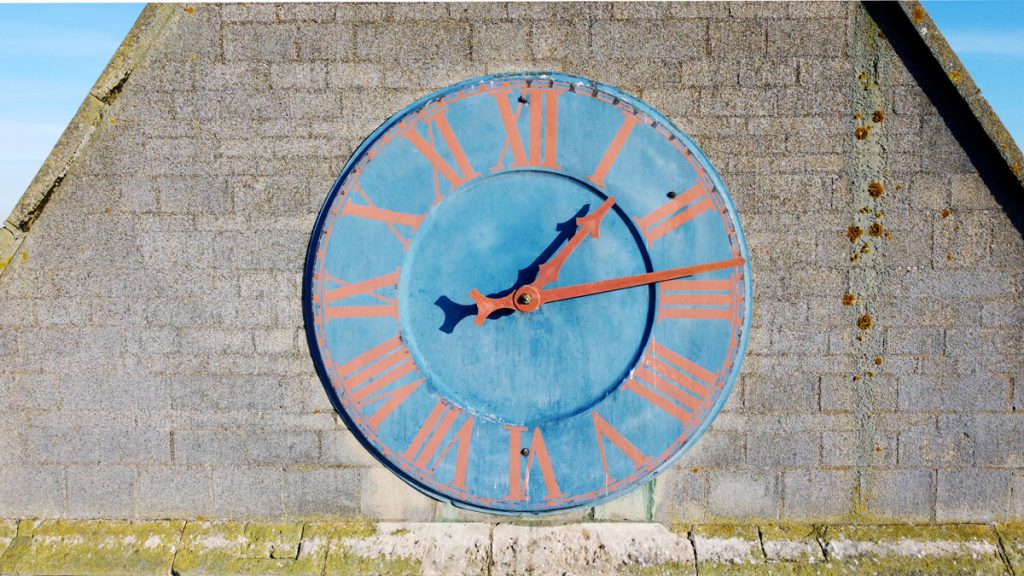
References
* Original plans of the church; held at the Lambeth Palace Library
* Antiquarian Itinerary, Vol 4, 1916
* Kelly’s Directory of Northamptonshire 1903
* Musical Times. Vol 14 March 1 1869

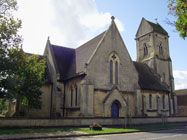
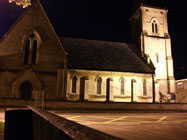
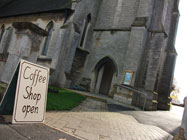
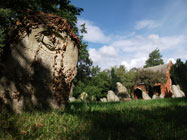
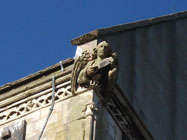
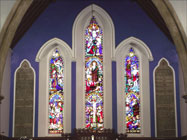
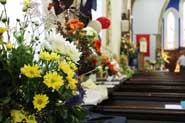
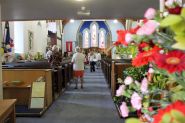
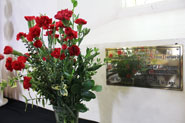
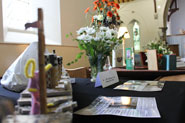
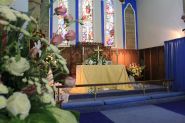
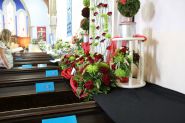
I was raised in St Albans and eventually after a sad marriage moved to Eye, my two children were baptized at St Matthew Church and I would love to give them a history of the old Church.